

Utah 4-H is the youth development program of Utah State University Extension. The 4-H program provides experiences for young people to learn by doing. Kids complete hands-on projects in areas like health, science, agriculture and citizenship in a positive environment where they receive guidance from adult mentors and are encouraged to take on proactive leadership roles. As part of the land-grant mission, 4-H works with a variety of formal and informal educators to extend the research and knowledge of USU to youth across the state. Our 4-H science programs provide youth the opportunity to learn about Science, Technology, Engineering and Math (STEM) through fun, hands-on activities and projects. These programs are found across the state, engaging youth in a variety of projects that build their STEM knowledge and application abilities, helping prepare them for a bright future.
Dave Francis
USU Extension, 4-H associate professor
Computer Coding
Weber County Extension 4-H computer coding classes were held in partnership with the local library over the past year. A series of classes was held for code club levels 1 and 2. Once completed, participants moved to an ongoing monthly challenge night. Similar classes were also held in Washington County.

Biotechnology Training
Extension 4-H junior livestock projects provide excellent opportunities for education and positive agricultural experiences for youth. As genetic testing advances become widely available to livestock producers, youth have the opportunity to learn about the benefits and applications. This project evaluated DNA from 4-H youth’s junior livestock animals including 77 lambs, 35 hogs, and 29 steers.
The objective was to evaluate production traits and diseases through genetic analysis on junior livestock projects. The youth’s livestock project animals were used for sample collections to allow direct involvement from the youth.
DNA extraction from a pea was chosen as part of the DNA training workshop because it brought a STEM perspective into the minds of the youth, parents, and volunteers to learn about livestock DNA results. Participants learned that just like with the peas, tissue and hair samples were taken from their animals through a similar extraction method to obtain the quality and quantity of DNA needed to run sample tests and evaluations on their livestock.
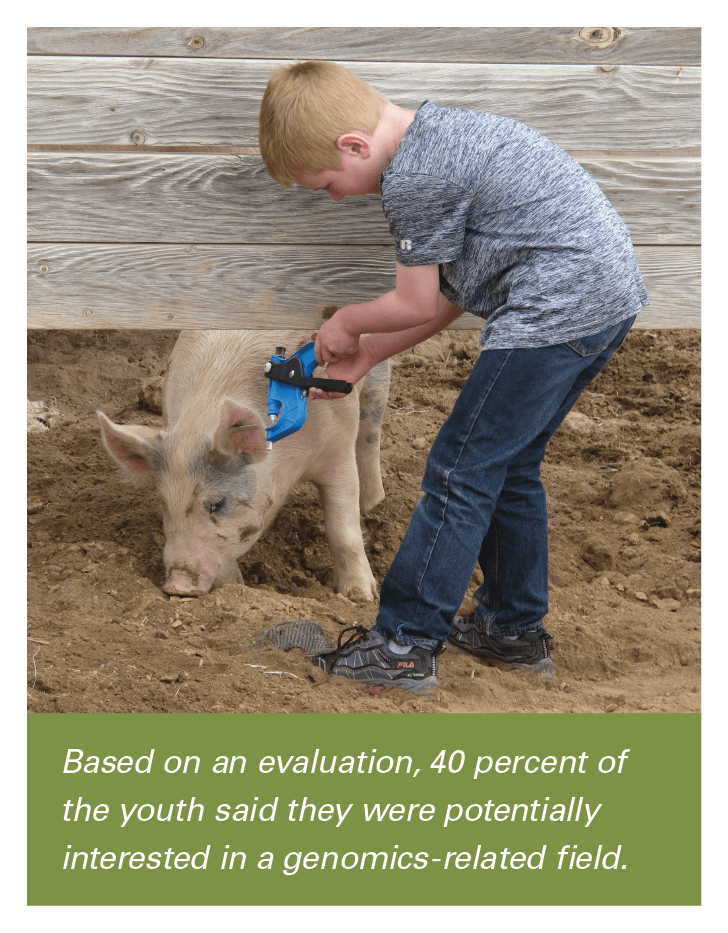
4-H Cache Makers
The Extension 4-H Cache Makers club continues to expand STEM opportunities to youth across Cache Valley. The vision of two parent volunteers has spread across Cache Valley to contribute to state and national efforts in STEM education.
In the roughly 18 months since hiring support staff and moving into a new location, the Cache Makers Club has involved over 750 unique youth in 1-week summer camps and 6-week afterschool groups. Additionally, the club has reached another 1,500 people through approximately 2,000 contact hours of outreach at 100+ events. Over 85 registered club volunteers now mentor youth in computer programming, digital design and production, electronics, and robotics. Girls and boys of various backgrounds and interests have a common context that brings them together to learn, make, and share, with caring adults to support them.

Why Maker?
I think we embraced the Maker Movement because it encompassed what we were already doing. The Maker Movement is the application of STEM. So once you learn STEM principles, it's a natural step to begin creating with the knowledge you have gained. But you can also learn as you create, and that's what 4-H is all about. It's the learn-by-doing values that 4-H and the Maker Movement share, and that's why in Utah they are intertwined. We are leading the community. We are organizing Makers and helping them gain access to the tools of innovation. - Paul Hill, USU Extension 4-H associate professor
White House Ambassador
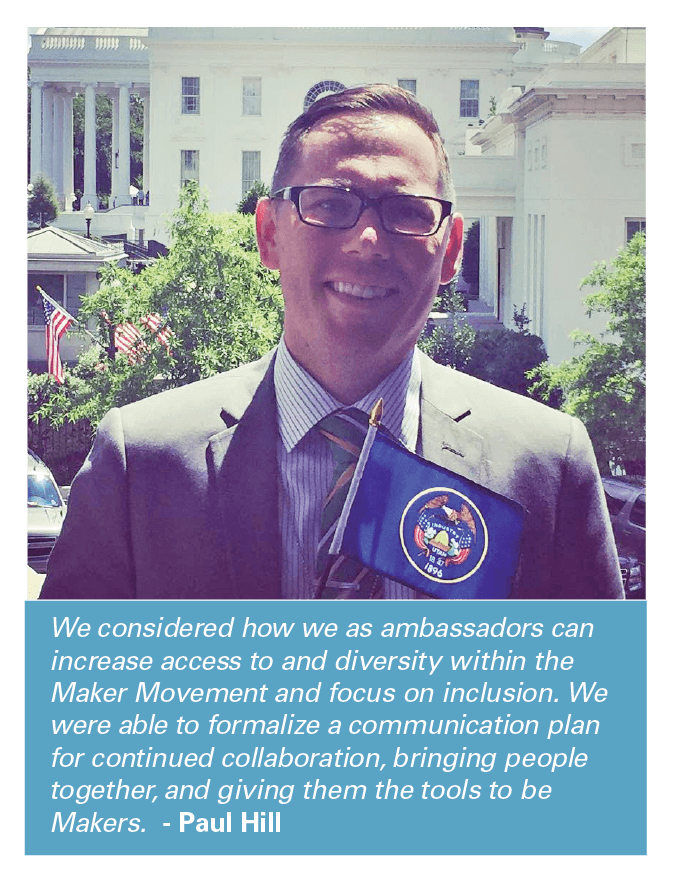
USU Extension 4-H Associate Professor Paul Hill was recently invited to the White House to inspire other leaders and celebrate the National Week of Making, a time to celebrate innovations in science, technology, engineering, art, math (STEAM) and those who contribute to the Maker Movement.
At the meetings, Maker ambassadors from across the country helped build a national making infrastructure. The ambassadors discussed Maker cities, STEAM education, federal funding opportunities for Maker projects, and useful resources for securing grants to build Maker spaces and organize Maker Faires.
The Maker Movement taking place in the country emphasizes the making and doing aspects of life in an attempt to bring back the personal creative skills that often get lost with large-scale production and manufacturing.
Maker Faire
Extension 4-H youth recently traveled to San Mateo, Calif., to participate in the Bay Area Maker Faire, a festival of invention, creativity, and resourcefulness. Youth from Cache, Washington, Utah, and Salt Lake counties joined Makers from all over the world to learn about electronics, physics, engineering, crafting, and more through interactive displays and innovative demonstrations.
Washington County 4-H members led a workshop that involved teaching other attendees how to sew and solder light-up shoes. The Blinky Shoe project was developed to help joggers who run in the early morning and late at night. Other Utah workshops included binary clocks and automated cardboard.
The 4-H groups received funding from Cognizant, a global leader in business and technology services, as a part of their “Making the Future” initiative. The program was first introduced in Utah in 2012 as one of only 10 pilot programs in the country.

Robotics
USU Extension 4-H began a statewide robotics program in 2007. Today the Utah 4-H Robotics programs include 4-H clubs, afterschool programs, and camps. Through robotics, 4-H members learn teamwork, problem-solving, critical thinking, engineering, and design skills.
The Salt Lake County 4-H FIRST Tech Challenge Team (Prototype X) qualified to go on to the World Competition this year. The team became regional champions at the Idaho open and also won the Creativity Award and the Innovation and Control Award at the region level. The team works out of the Leonardo Museum and partners with many local engineering firms.
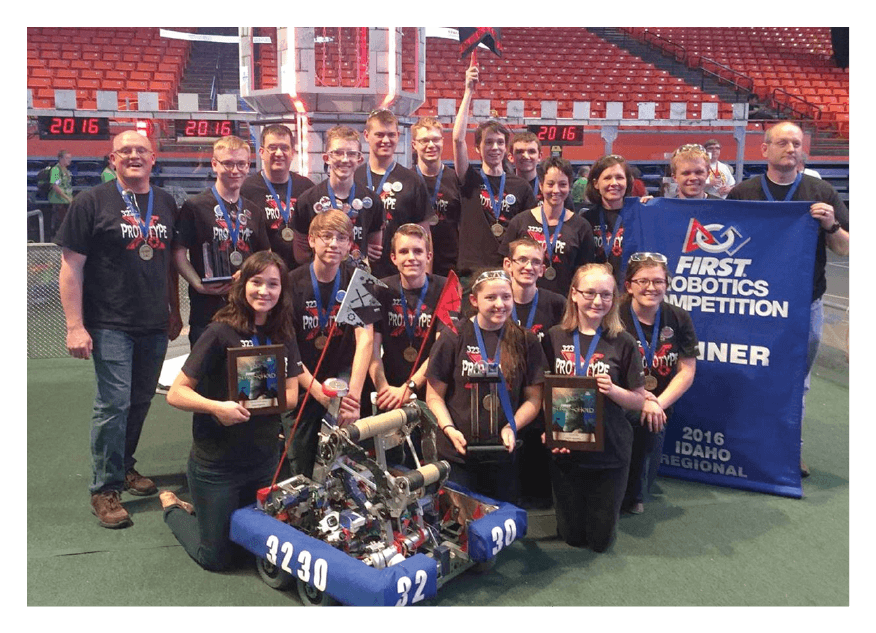
Underwater Robotics Competition
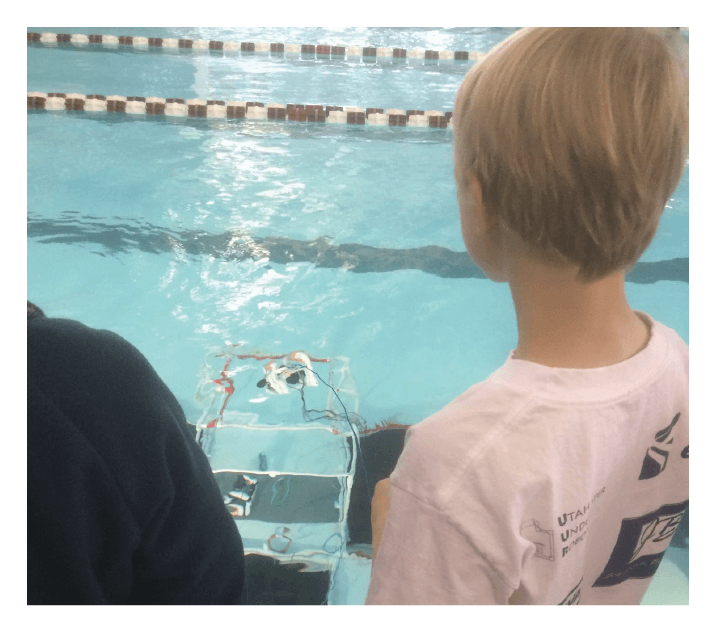
Youth from Wasatch County 4-H, Timpanogos Intermediate School, and Rocky Mountain Middle School recently competed in the fourth annual Utah Underwater Robotics Challenge at the Lehi Legacy Center. Forty-five youth in 17 teams participated in the challenge with robots they designed, built, and drove. The robots took from 4 to 6 months to complete. The competition challenge involved a simulation of an asset recovery mission in Thistle, Utah, which was destroyed by a landslide and flooding in 1983. Each team had 10 minutes to complete the required tasks in order to receive full points. Teams also prepared a poster showing how the robot was built, the materials that were used, how they could improve the robot, and what similar robots are used for in industry and research.
Military Youth and Stem
For youth whose parents are in the military, the Maker/STEM movement provides an opportunity for the youth to develop resiliency as they experience challenges and identify strategies to help overcome them. The experiential learning model is used, which allows time after the activity to reflect on the process, what was learned, how challenges were overcome, and how to apply the same skills from the project to challenges the youth are facing in their lives. Programs for military youth include Military Makers Camp, Flight Makers and National Guard Maker 4-H Clubs
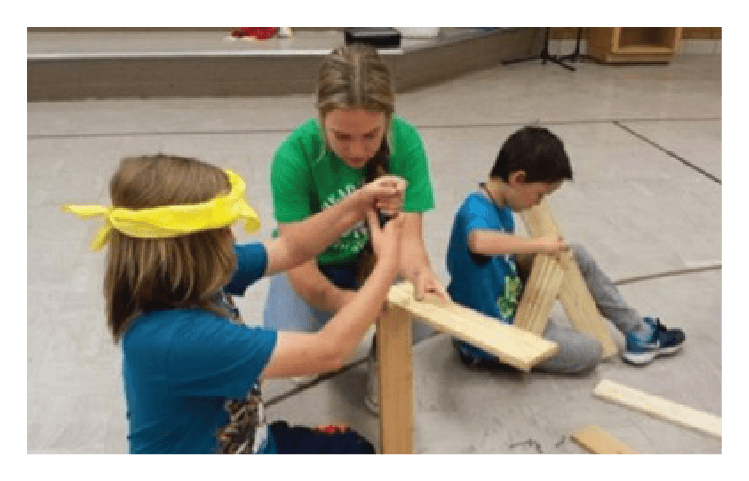


 Utah 4-H & Youth
Utah 4-H & Youth